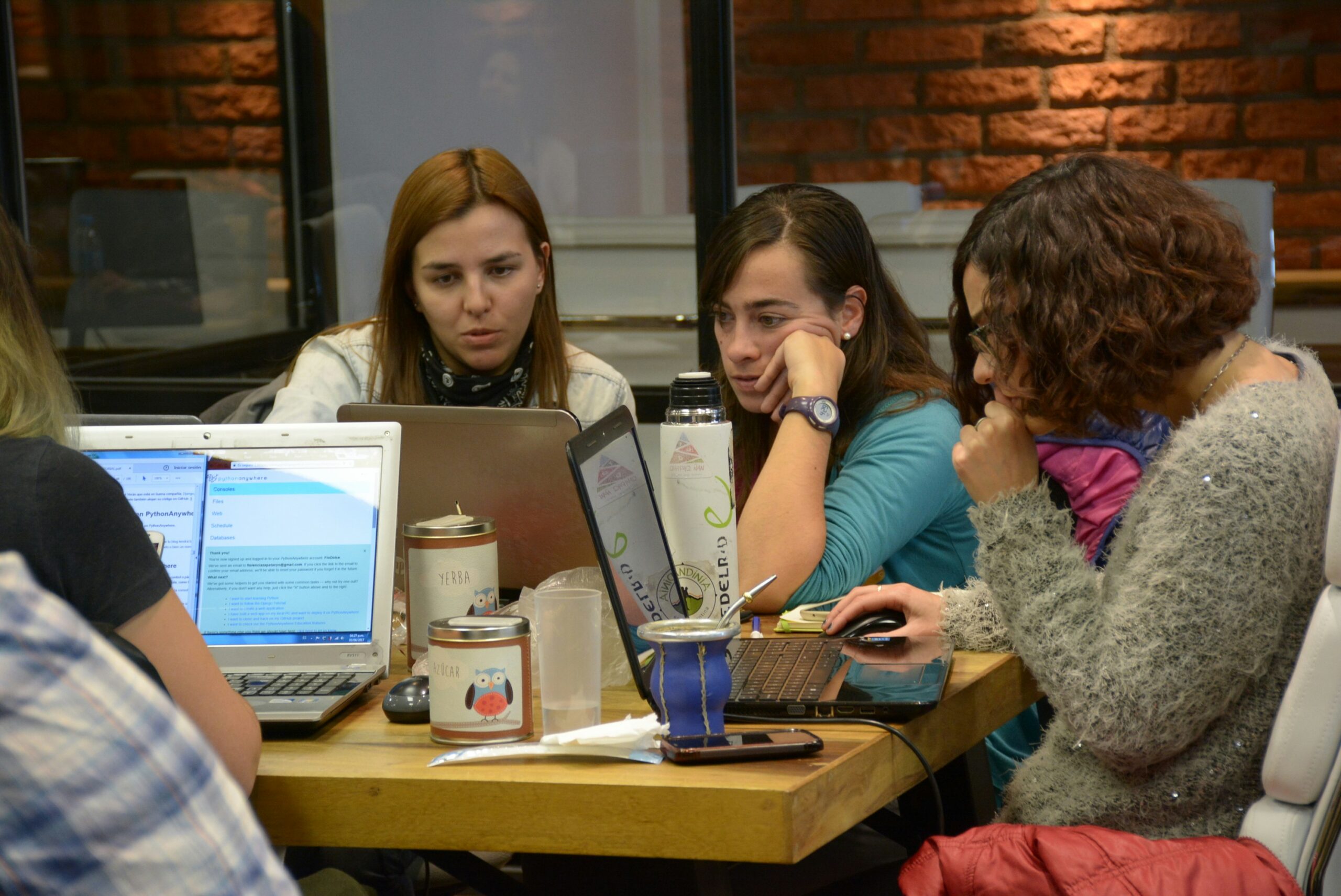
Why Siloes Hurt, and How to Break them to Improve Collaboration
When individual teams focus on their own thing, without communicating or aligning with others, it’s easy for people to lose sight of the bigger picture, and collaboration starts to break down.
Information may be duplicated, or worse, withheld. Decisions are slowed by ineffective communication, and team members are left feeling confused and demotivated as they can’t see the impact of their work. For remote and hybrid teams, where you can’t rely on corridor chat to fill the gaps, fractures can widen quickly, destroying trust and team morale.
Most siloes form for two reasons: people issues (mindsets, incentives, relationships) and process issues (the way work is structured and communicated).
Distributed teams are more likely to stumble on the people side than the process side, as emphasis tends to be placed on systems rather than human connection.
If you see siloes deepening in your workplace, here’s a high-level strategy to break them down and start creating a more collaborative culture.
1. Fix the people first
- Build psychological safety. Google’s Project Aristotle showed that teams perform best when everyone feels safe to ask “silly” questions, admit mistakes and offer alternative views. Encourage and support managers to show vulnerability, invite contributions from their whole team and practise recognition and gratitude in a more inclusive way..
- Share a compelling ‘why’. A single paragraph that explains why this project matters keeps all team members rowing in the same direction. If possible, link this “why” to a high-level goal that people care about e.g. delivering a genuine, meaningful customer benefit or generating profit for the employee share scheme!
- Borrow Agile rituals. Five-minute daily stand-ups let cross-functional colleagues hear progress straight from the source and spot overlaps before they harden into conflicts. There are lots of other Agile tools and frameworks that promote more collaborative and relational working – reach out to us if you’d like to learn more about these.
- Celebrate and share together. Remote teams can miss organic praise, so consider scheduling regular “show-and-tell” demos to allow everyone to share what they’re proud of and enable teams to better understand what their team-mates are capable of.
- Make space for vulnerability. Trust grows when people feel safe to share challenges as well as wins. Try light-hearted rituals like “F*** Up Fridays” where teams talk openly about mistakes and what they’ve learned. This normalises risk-taking, deepens understanding, and shows that connection matters more than perfection.
- Make space for vulnerability. Trust grows when people feel safe to share challenges as well as wins. Try light-hearted rituals like “F*** Up Fridays” where teams talk openly about mistakes and what they’ve learned. This normalises risk-taking, deepens understanding, and shows that connection matters more than perfection.
2. Then streamline the process
- Design a consistent project flow. Before you look at tools, you need to have a clear workflow or project flow. What stages do you want your teams to move through to understand the problem or challenge and develop strong solutions? Map the process first, and then design systems and select tools to make this process work. (Tip: we love the four stages of the Double Diamond Model!)
- Visualise work in one place. A shared digital board (Kanban, Trello, Miro—whatever everyone can see) replaces a dozen disconnected trackers. If these tools aren’t set at organisational level, teams may choose their own – which will deepen siloes and make it even harder for them to share information and align on progress against shared goals.
- Balance synchronous and asynchronous communication. Combine short live check-ins with centralised updates—like shared boards, posts or project trackers that team members can review and respond to in their own time. This helps everyone contribute meaningfully, regardless of schedule or working style.
- Explore frameworks and activities that support collaborative working. Tools like the Design Council’s Double Diamond model can help teams connect by exploring the problem or opportunity space together, so everyone is on the same page before starting on solution development. The Agile collaboration model, MoSCoW, is another great tool for prioritising ideas as a team. It helps you understand what you Must do, Should do, Could do and Won’t do to solve the problem. This process helps identify differences in opinion before they disrupt delivery.
Breaking siloes is all about helping people understand and trust one another, and giving them clear processes that make the right thing to do the easy thing to do.
Photo by fran innocenti on Unsplash


